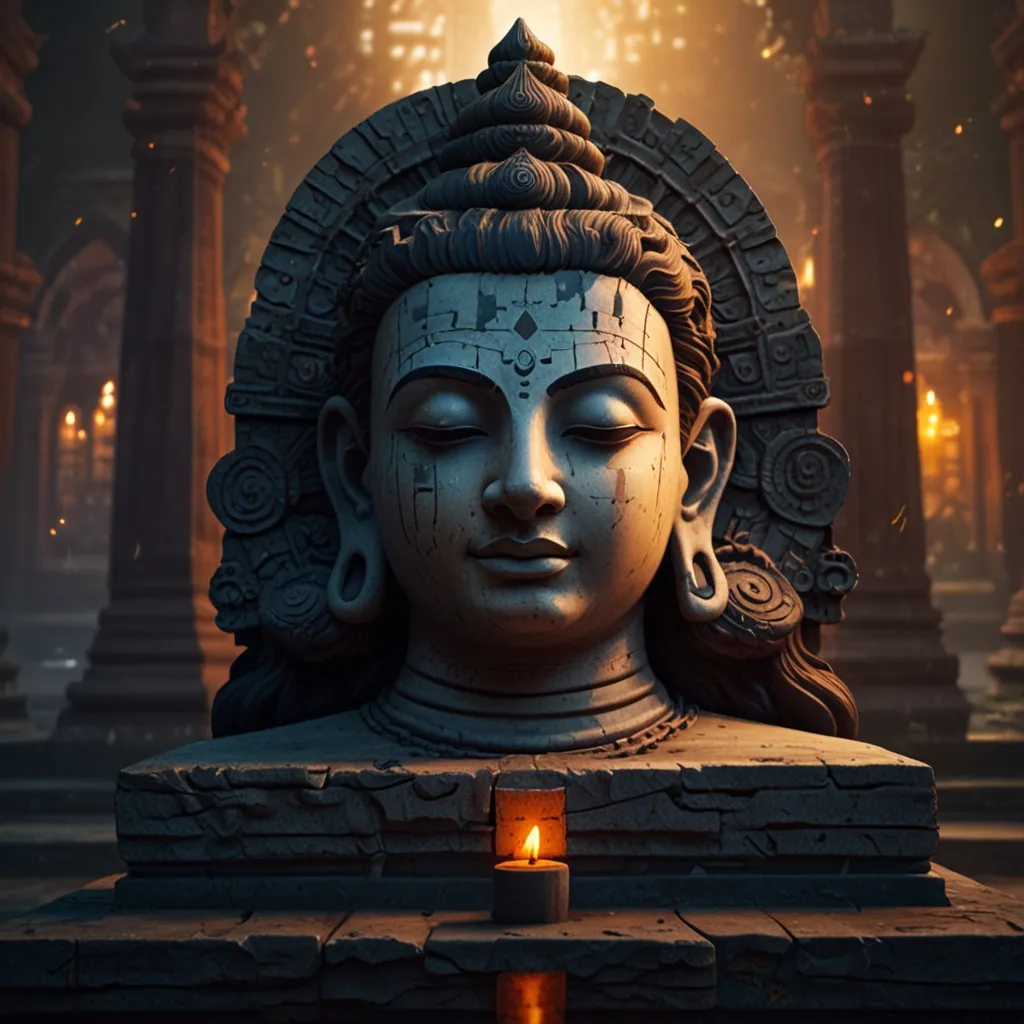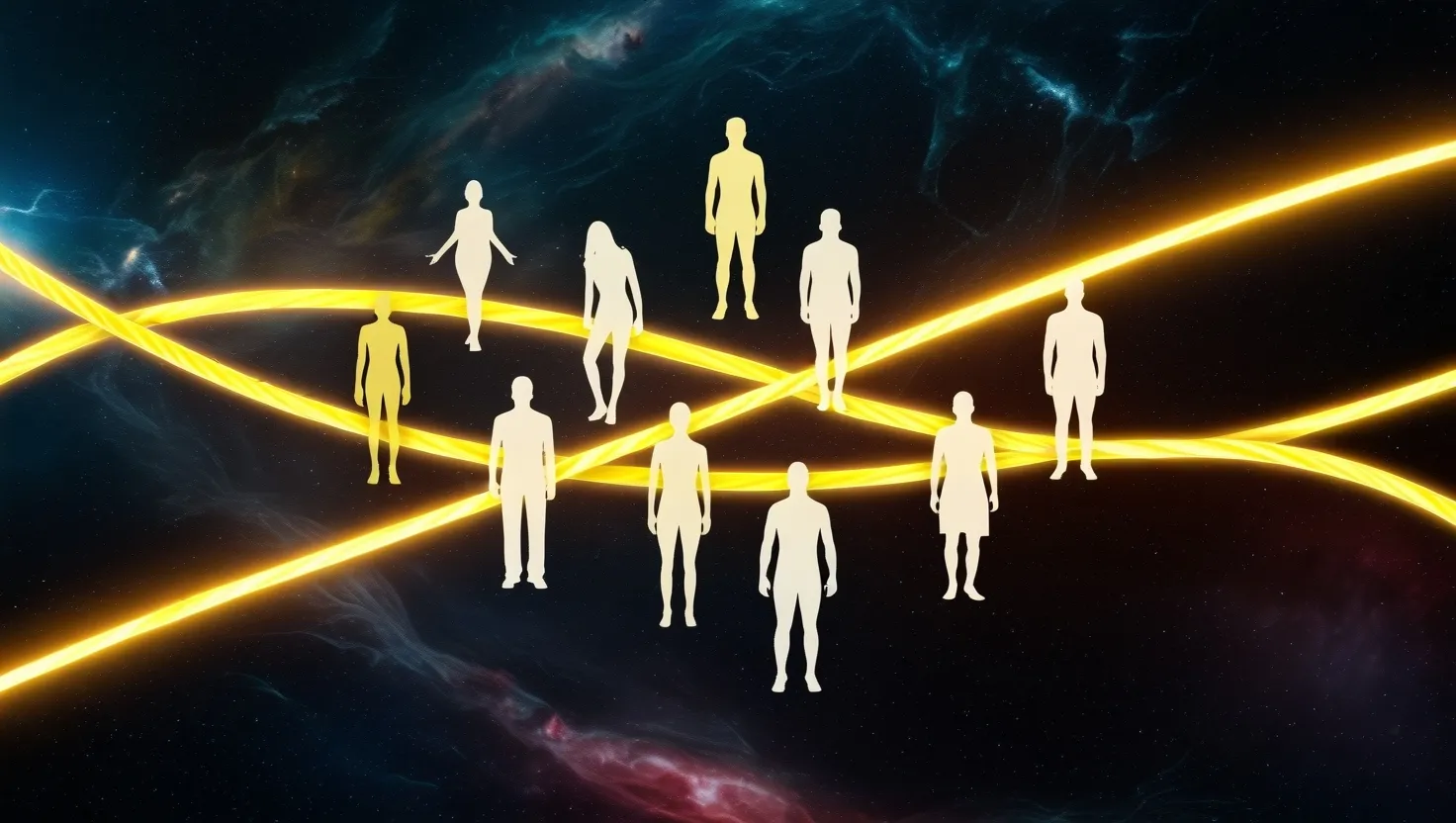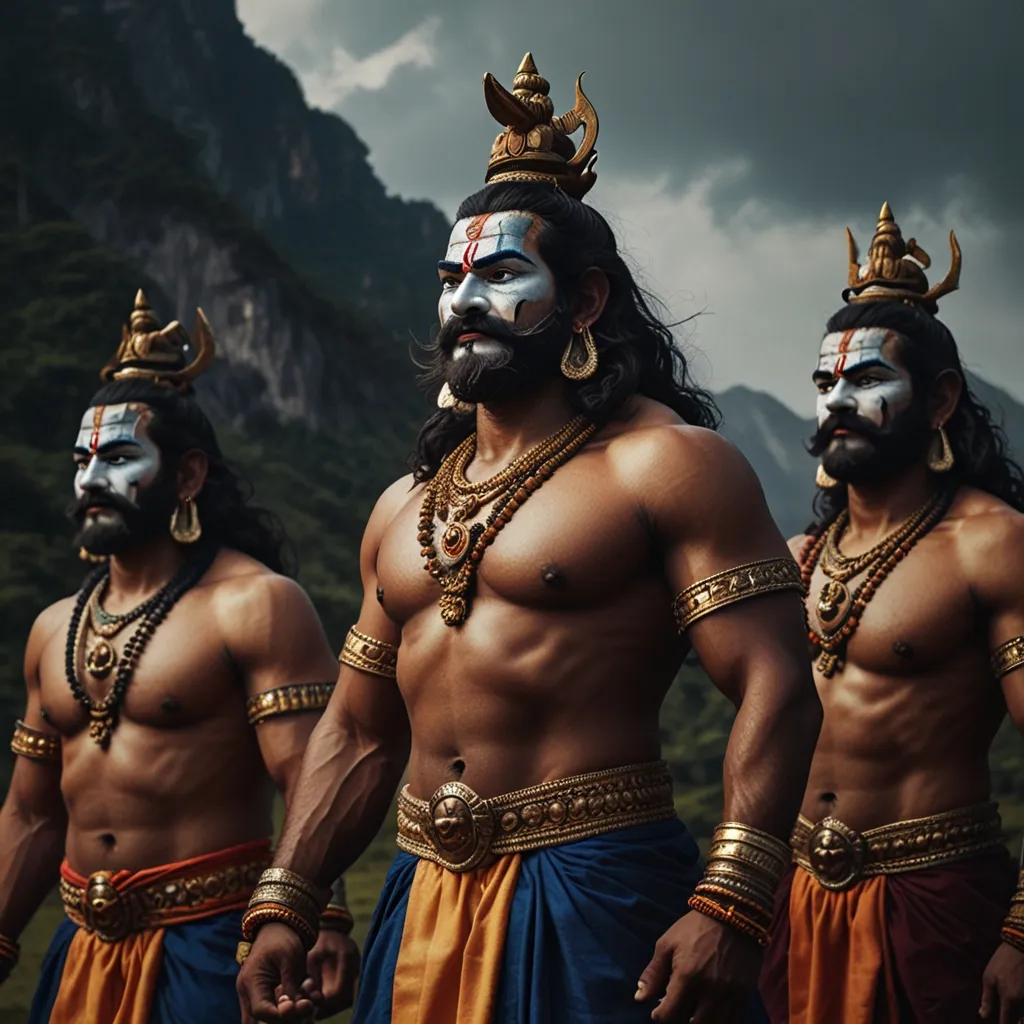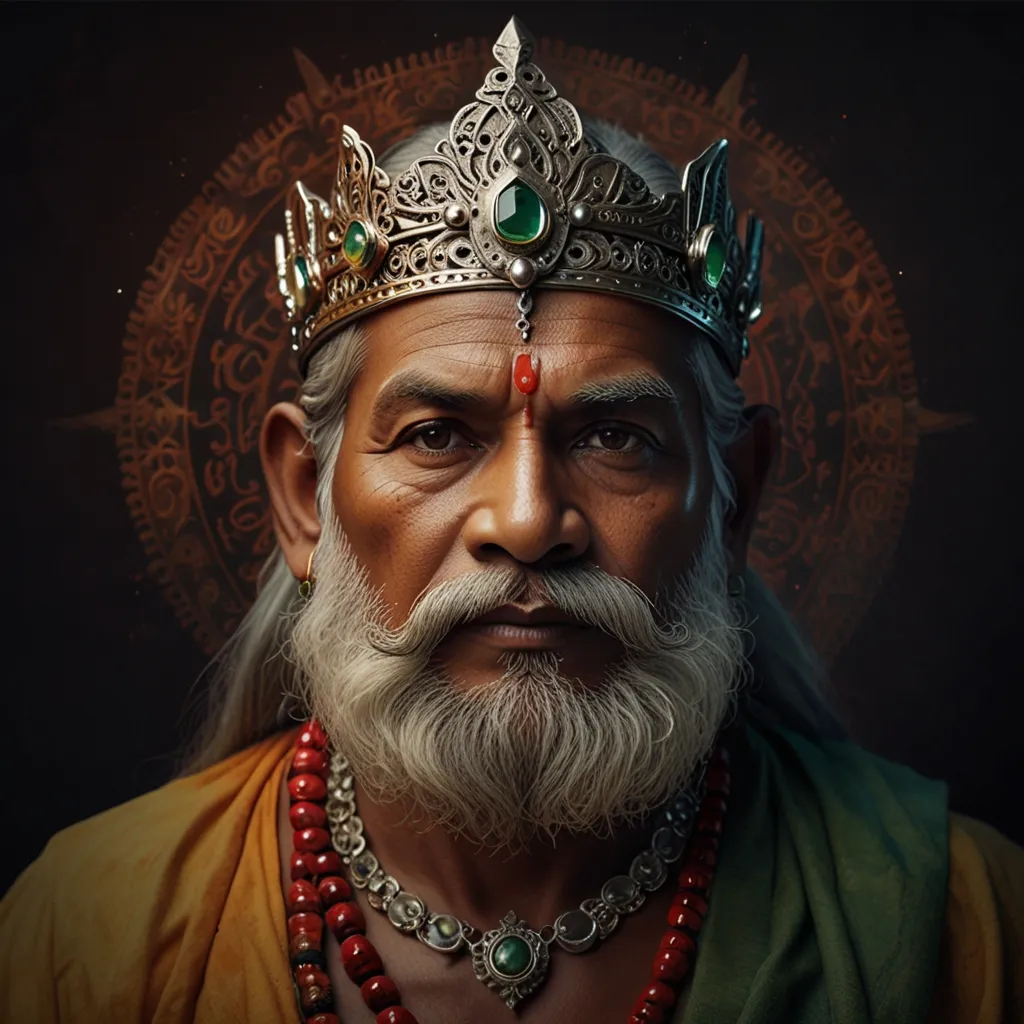In Hindu mythology, the Jyotirlingas are incredibly fascinating. These sacred shrines dedicated to Lord Shiva aren’t just simple temples; they’re considered the very physical manifestations of his divine presence. Deeply rooted in ancient legends and myths, the stories of these sites have been passed down for generations.
The term “Jyotirlinga” is a blend of two Sanskrit words: “jyoti,” which means light, and “linga,” which symbolizes Lord Shiva. According to ancient texts like the Shiva Purana, there are originally 64 Jyotirlingas in India, but only 12 are considered the holiest, known as Maha Jyotirlingas.
One of the most captivating legends about these Jyotirlingas involves a celestial dispute between Lord Brahma and Lord Vishnu, the gods of creation and preservation, respectively. They were arguing over who was the supreme deity. To settle this, Lord Shiva appeared as an enormous pillar of light that pierced through the three realms. He challenged Brahma and Vishnu to find the ends of this pillar, but neither could succeed. Hence, Shiva declared himself the supreme god.
The places where this pillar of light fell are believed to be the spots of the Jyotirlingas. Each of these sacred sites has a unique story and significance, echoing India’s rich cultural and spiritual heritage.
Take the Trimbakeshwar Jyotirlinga in Trimbak, Maharashtra, for instance. According to legend, Sage Gautama and his wife Ahilya were victims of jealousy. Other sages’ wives conspired against Ahilya due to her beauty, leading to a string of unfortunate events. Eventually, Gautama and Ahilya prayed to Lord Shiva for forgiveness. Lord Shiva, revealing the truth, chose to stay there forever, becoming the Trimbakeshwar Jyotirlinga.
Another prominent Jyotirlinga is the Somnath Temple in Gujarat, traditionally recognized as the first pilgrimage site among the 12 Jyotirlingas. This temple boasts a rich history, having been destroyed and rebuilt multiple times. Initially built by the Moon God in gold, then by Ravana in silver, and later by Lord Krishna in sandalwood, this temple has been a target for invaders but consistently reconstructed by Hindu kings.
The Mahakaleshwar Jyotirlinga in Ujjain, Madhya Pradesh, stands out too. Uniquely facing south, the Lingam here is believed to have appeared naturally, referred to as Swayambhu. The temple also features a Shree Rudra Yantra perched upside down on the ceiling of the Garbhagriha, where the Shiv Lingam resides.
Each Jyotirlinga isn’t merely a religious site but a historical and cultural landmark, drawing millions of devotees and tourists each year who come to experience the divine aura of Lord Shiva.
In summary, the tales of the Jyotirlingas are a testament to Hindu mythology’s rich and vibrant tapestry. These sacred shrines continuously inspire and captivate people from all over the globe, standing as both religious and cultural symbols of India’s profound heritage.






